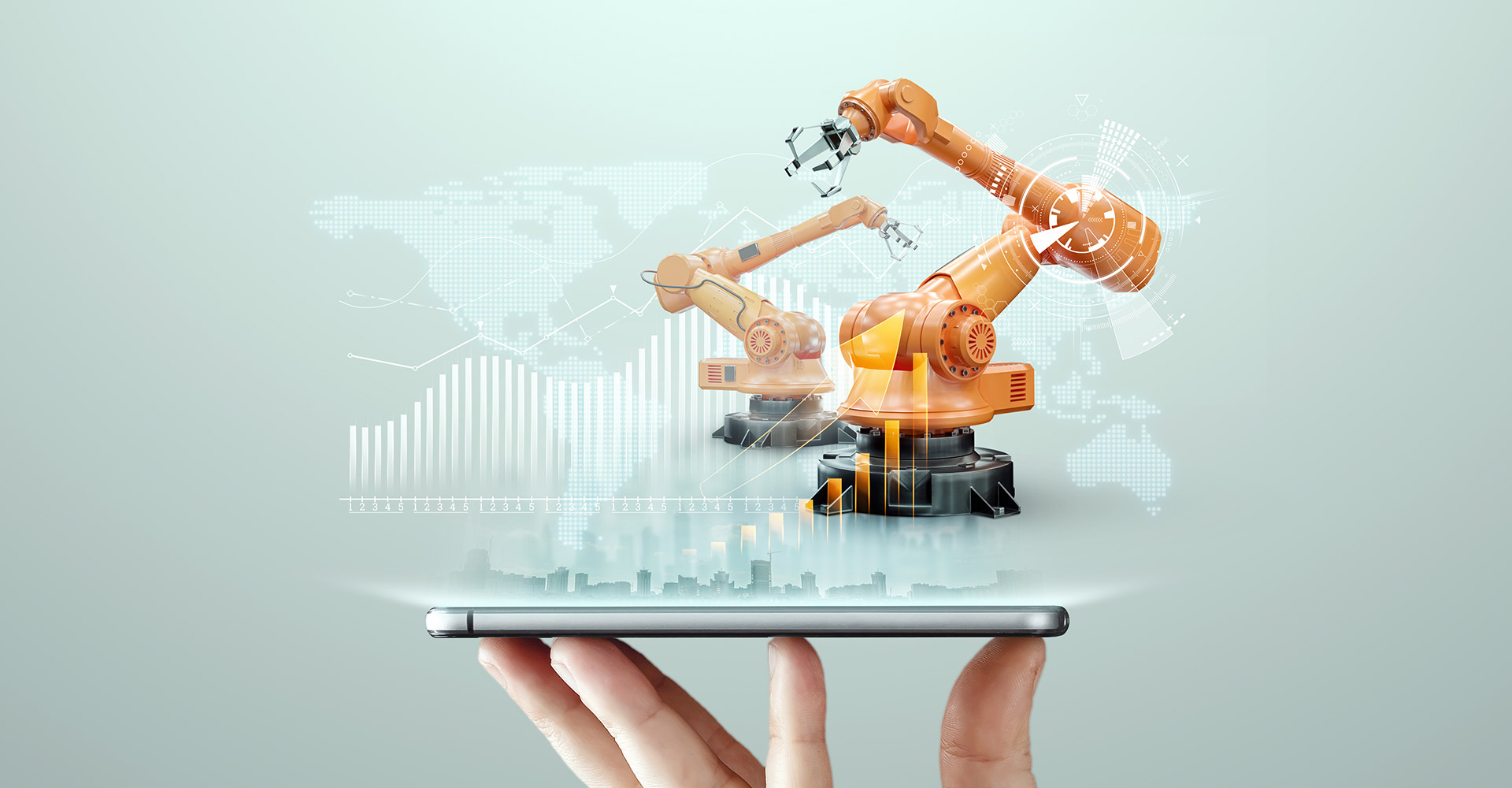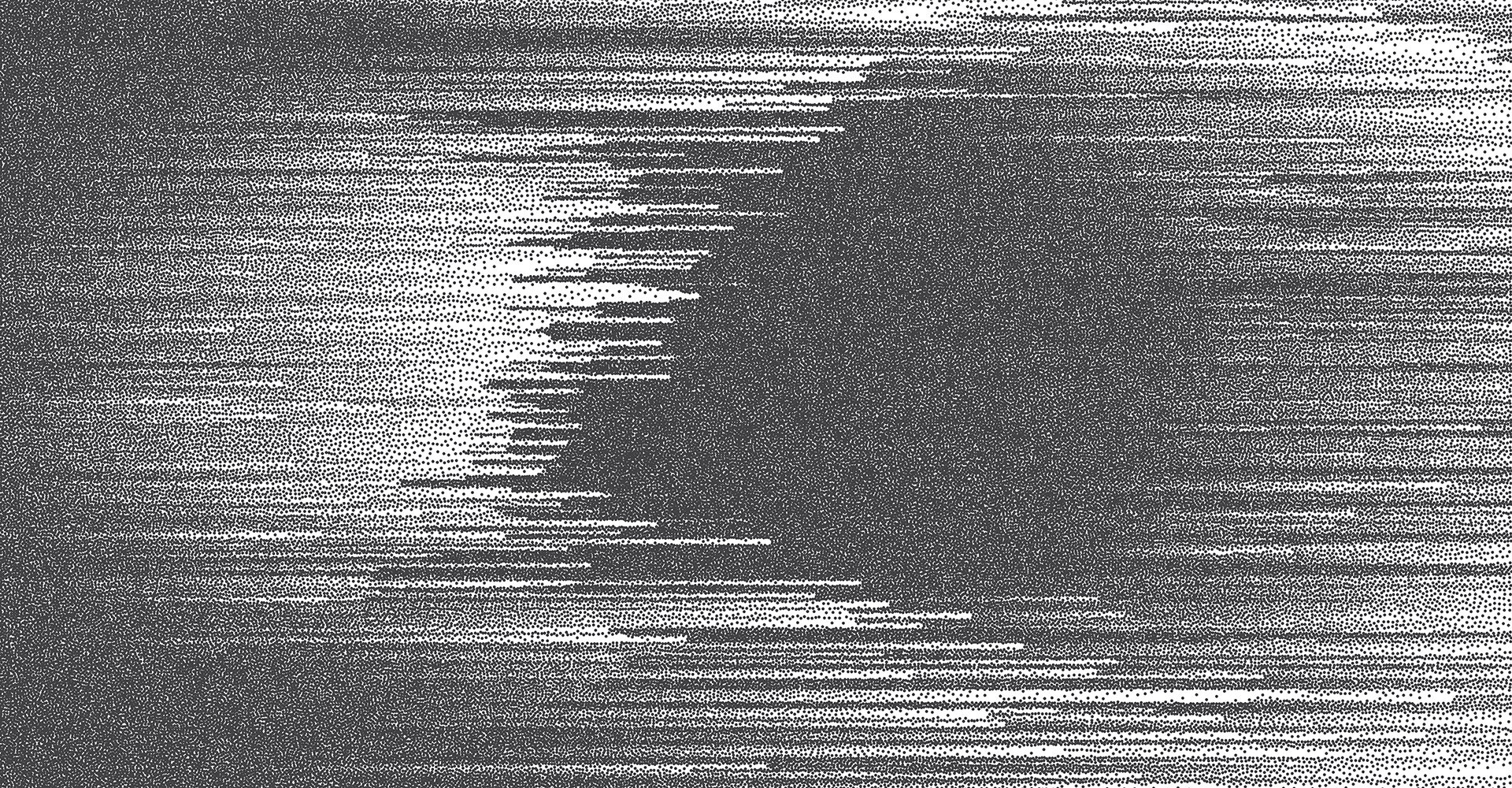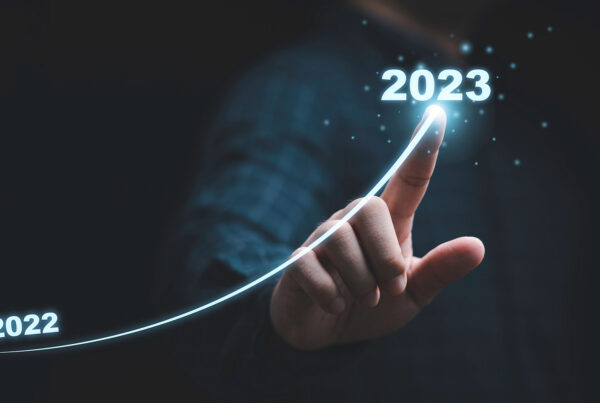Consistency is a key facet and goal of any organization’s strategic planning objectives. Whether it’s maintaining a strong brand image, satisfying customers, or reaching sales goals, every company needs consistency to meet its goals.
Unfortunately, consistency isn’t always positive. Sometimes consistency without reflection leads to bias, which keeps employees, managers, and companies in a loop of stagnancy. Bias can also cost money in the form of lost customers. For example, if a company always prescribes the same customer service remedy without considering a customer’s full scenario, that company’s practices are biassed.
However, if a company prescribes widely different remedies to similar customer complaints, that’s not consistent either. And, if that same company acts in a way that contradicts their past data analysis and actions—that might be a symptom of noise. System noise requires a combination of deep organizational culture understanding, continuous improvement systems, and statistical measurements to create change at on the floor and the bottom line.

Manufacturing is moving full-steam ahead into Industry 4.0 with early plans of going to Industry 5.0.
What is System Noise?
Noise is the variability of error, or the chance variability of judgments. Even the most robust systems, like the US Justice System, always have a chance for variability in judgments. That’s because every system has players that are variable in nature— human beings.
A human being’s decision-making isn’t only guided by data. Their personal life, personality, mood, and even the weather are a few of countless factors in their decisions. Harvard Business Review describes noise as an invisible tax for many companies.
System noise is most common in work environments where individuals must use a sense of judgment to make decisions. A team of data entry clerks has strict guidelines on how to do their work. But a group of salespeople, project managers, judges, and police officers might use their judgment in varying ways to address similar situations. Now imagine the variability of decision making in people amidst the COVID-19 pandemic? The pandemic’s effects on individuals vary widely, which is why pandemic business strategies are vital today.
What is a Noise Audit?
A noise audit helps you assess the level of system noise in your office or organization. A possible facet of a business strategy, noise audits entail a company presenting their employees with a case file or question. Once each employee responds to the case study or question, the audit assesses the variability in their answers.
One might be comfortable with a variability level of 10-15%. However, companies performing noise audits for the first time might be shocked with much higher levels, like 50%.
MOST POPULAR INSIGHTS
Unlike explicit awareness, implicit bias is often unseen but rarely unfelt. Here’s a primer on the topic.
3 Ways to Combat System Noise in an Organization with Decision Hygiene
Popularized by Daniel Kahneman’s book Noise, decision hygiene isn’t a remedy to noise—it’s a preventative measure. Decision hygiene is a set of procedures to reduce noise.
One way to practice decision hygiene is by realistically assessing the competence of your employees. If one employee has much more experience in a decision-making role while the other has less experience, it would make sense to assign a big client decision to the more experienced employee.
Instead of allowing one person to make a big decision, consider compiling various employee’s independent hypothetical judgments or decisions and assessing them first. This is also a great collaborative experience for your team. Take the overall average of each staff member’s independent decisions to ensure well-roundedness before finalizing a decision.
The human element in any judgment poses a risk for noise. In situations where a company’s risk tolerance is low, artificial intelligence and algorithms can eliminate the noise. Technology isn’t subject to the same influences as a human being and can make judgments based solely on data. Estonia has actually piloted artificial intelligence judges in their court system. Note: AI can also become a source of bias when used incorrectly, which is often the case.
Final Thoughts
Human beings have proven to be skilled, knowledgeable, and adaptable in both personal and work situations. But, we aren’t infallible. If you’re considering a noise audit, or need support with your business strategy, contact us today to discuss how we can help.






